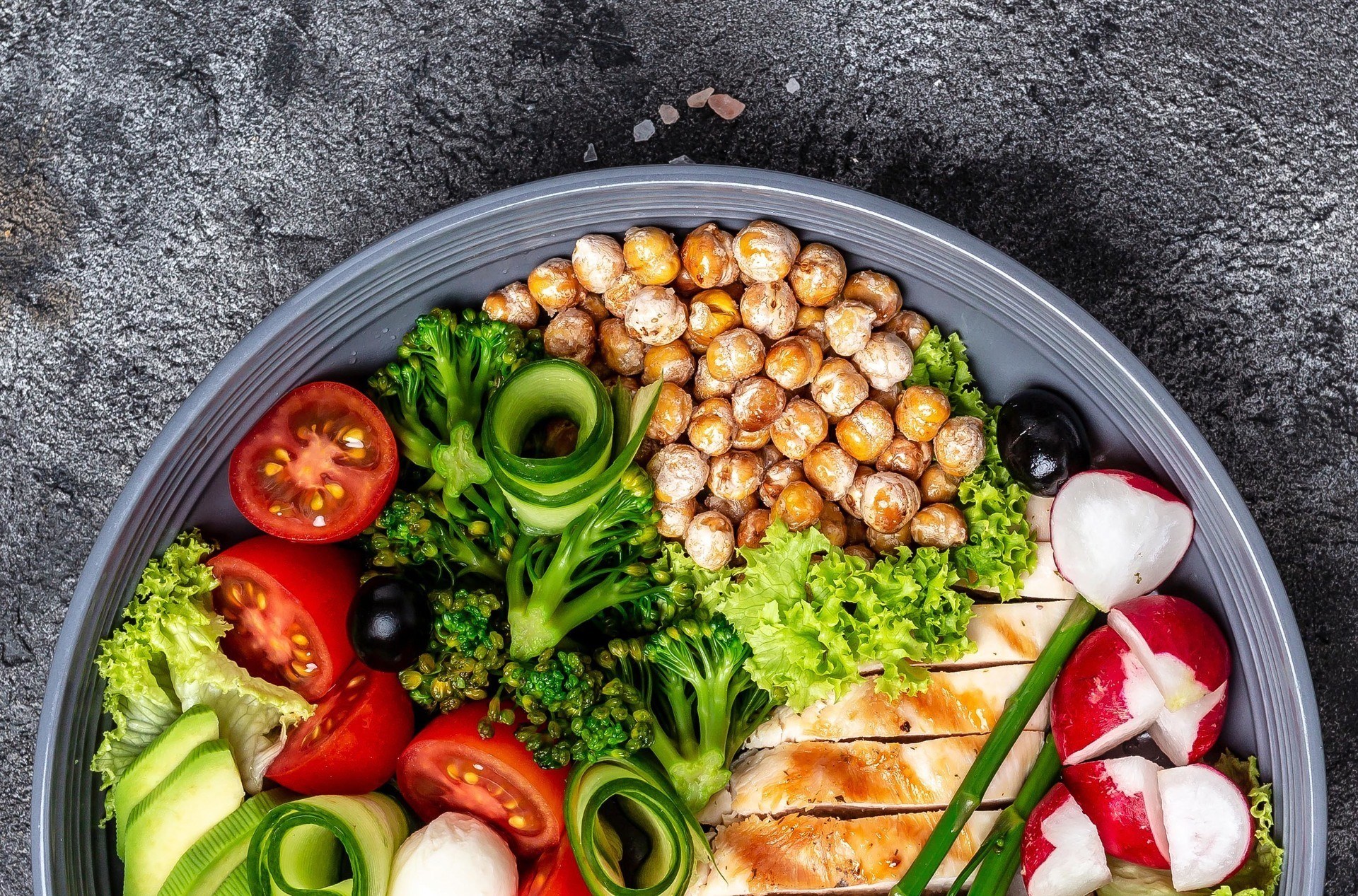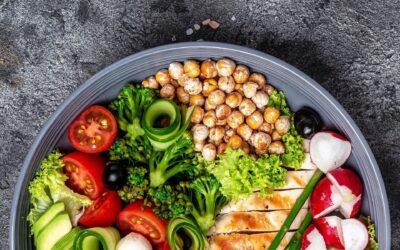As interest in healthy aging and longevity grows, many are looking to the Blue Zones diet for inspiration. The Blue Zones are regions around the world where people live measurably longer lives, often thriving well into their 90s or beyond. So, what is it about their eating habits that promotes such vitality? In this article, we’ll explore the key elements of the Blue Zones diet and how you can apply them to your own life for improved health and longevity.
What Are the Blue Zones?
The Blue Zones are five regions where people enjoy some of the longest life expectancies:
- Okinawa, Japan
- Sardinia, Italy
- Nicoya Peninsula, Costa Rica
- Ikaria, Greece
- Loma Linda, California
Research conducted by Dan Buettner and the National Geographic team identified lifestyle habits that contribute to the remarkable longevity in these areas. While physical activity, social connections, and stress management play a role, diet is a crucial factor.
Core Principles of the Blue Zones Diet
The Blue Zones diet is primarily plant-based, emphasizing whole foods and locally grown ingredients. Let’s dive into the key components.
1. Prioritize Plant-Based Foods
People in Blue Zones consume a diet rich in vegetables, fruits, legumes, and whole grains. These nutrient-dense foods are packed with vitamins, minerals, and antioxidants that support cellular health and reduce inflammation. Studies show that a plant-forward diet can lower the risk of chronic diseases like heart disease and diabetes, promoting longevity and vitality.
Key Foods:
- Leafy greens (spinach, kale, chard)
- Colourful vegetables (carrots, bell peppers, tomatoes)
- Fruits (berries, apples, oranges)
- Legumes (beans, lentils, chickpeas)
2. Limit Meat and Animal Products
Blue Zones diets include animal products in moderation. When meat is consumed, it’s often used as a condiment rather than the main component of a meal. Studies suggest that limiting red meat and processed meat can reduce risks associated with heart disease and cancer.
Tips:
- Opt for plant-based protein sources, such as beans and lentils.
- If you consume meat, aim for smaller portions and prioritize lean, high-quality cuts.
3. Enjoy Healthy Fats
Healthy fats are essential in the Blue Zones diet, particularly from sources like olive oil, nuts, and seeds. Olive oil, in particular, is a staple in Mediterranean Blue Zones, providing anti-inflammatory benefits and supporting heart health.
Key Foods:
- Olive oil
- Nuts (almonds, walnuts)
- Seeds (chia seeds, flaxseeds)
4. Incorporate Whole Grains
Whole grains are a daily staple in Blue Zones diets. Foods like brown rice, oats, and barley provide sustained energy, fibre, and essential nutrients. Whole grains are associated with better metabolic health and can help manage blood sugar levels, contributing to long-term health and vitality.
Key Foods:
- Brown rice
- Barley
- Oats
- Whole-grain bread
5. Emphasize Beans and Legumes
Beans and legumes are a cornerstone of Blue Zones diets. They’re an affordable, nutrient-rich source of plant protein, fibre, and essential minerals. Regular consumption of beans has been linked to lower cholesterol and a reduced risk of heart disease.
Key Foods:
- Black beans
- Chickpeas
- Lentils
- Soybeans
6. Limit Processed Foods and Sugars
People in Blue Zones typically avoid processed foods and added sugars. Instead, they focus on natural sugars from fruits and honey, consuming them in moderation. Minimizing added sugars reduces the risk of inflammation, which is linked to many chronic conditions.
Tips:
- Use honey sparingly as a natural sweetener.
- Avoid sugary drinks and snacks high in added sugars.
7. Follow the “80% Rule”
One unique practice observed in Okinawa is “Hara Hachi Bu,” a concept where individuals stop eating when they’re about 80% full. This approach helps prevent overeating and supports weight management, which is beneficial for metabolic and cardiovascular health.
Try It:
- Practice mindful eating by slowing down during meals.
- Stop eating when you feel about 80% full.
8. Drink Herbal Teas and Red Wine in Moderation
In some Blue Zones, like Ikaria and Sardinia, moderate consumption of red wine and herbal teas is common. Red wine is high in antioxidants, particularly resveratrol, which supports heart health. However, moderation is key; the health benefits of alcohol are only present with limited intake.
Tips:
- If you drink alcohol, limit it to one glass per day.
- Enjoy herbal teas like chamomile, green tea, and peppermint as a caffeine-free alternative.
Bringing the Blue Zones Diet into Your Life
While the Blue Zones diet may seem specific to these unique regions, many of its principles can be adopted anywhere. Emphasizing whole, plant-based foods, limiting meat, avoiding processed foods, and practicing mindful eating can make a positive impact on your health and longevity.
At Innovative Fitness, we support sustainable lifestyle changes through programs like our Beyond Nutrition coaching. Our experts can help you integrate Blue Zones-inspired habits into your daily routine for lasting vitality and well-being.
Interested in learning more about how diet can enhance your health? Explore our IF Health program for personalized guidance on making sustainable dietary changes that support longevity and vitality.







